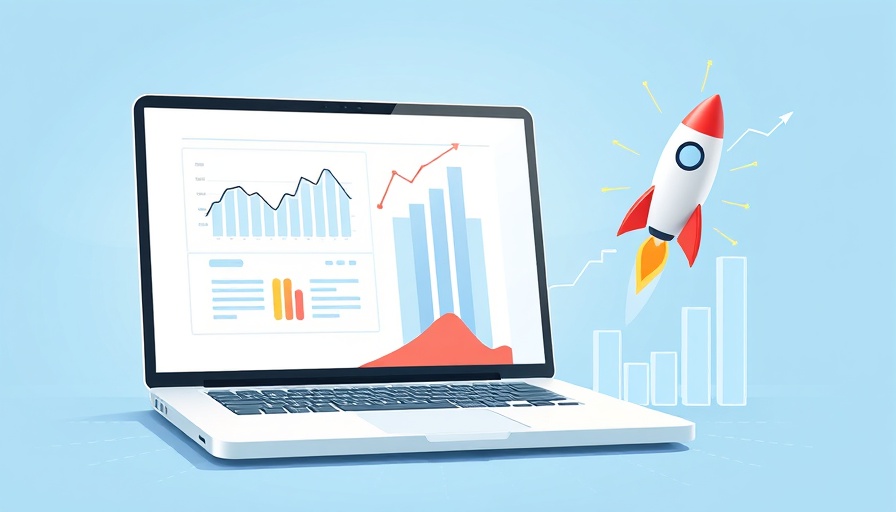
Why Your Landing Page Design Matters
In the realm of digital marketing, your landing page is often the first impression potential customers get of your brand. A well-crafted landing page can significantly influence conversion rates, which is why understanding the elements that contribute to a high-performing landing page is crucial. Landing pages serve as a strategic pit stop for converting visitors into customers and must be designed to engage, inform, and compel action.
Essential Elements of High-Converting Landing Pages
Drawing from the best practices outlined in top industry sources, successful landing pages share certain key components:
- Clear Value Proposition: Your landing page should begin with a compelling headline that immediately communicates the unique value of your offer. Following up with a concise supporting subheadline clarifies benefits without overwhelming potential customers.
- Strong Visuals: The power of visual content cannot be overstated. High-quality images and videos draw attention and create an emotional connection with your visitors, increasing the likelihood of conversions.
- Simplicity and Focus: Reducing clutter allows visitors to focus exclusively on the essential elements of your landing page. Ensure that your call-to-action (CTA) is prominent and the only link your visitors need to engage with.
- Social Proof: Customer testimonials, reviews, and recognizable logos build credibility. Showcasing proof that others have benefitted from your services can greatly enhance your conversion rate.
- Effective Copywriting: Utilize persuasive language that resonates with your target audience. Highlight pain points and illustrate how your product or service addresses these issues.
Data-Backed Insights on Conversion Rates
Understanding conversion rates is pivotal. Research indicates that the average conversion rate for landing pages is approximately 9.7%, ranging significantly across different industries. For instance, e-commerce sites boast averages of about 12.9%, while educational platforms like edX can achieve as high as 52.68% conversion rates due to their simplified messaging and targeted offers.
Future Trends in Landing Page Design
As we look ahead, embracing emerging technologies and design trends will be crucial for optimizing landing pages. Streamlined user experiences, mobile-first designs, and personalization via AI tools are on the rise. Businesses that adapt and innovate in their approach will likely see improved engagement and conversion rates.
How to Implement These Strategies
Applying these principles requires ongoing testing and adaptation. Consider A/B testing your headlines, CTA placements, and overall design. This iterative process allows marketers to refine their landing pages based on real user data, fostering continuous improvement.
Final Thoughts
In conclusion, crafting a high-converting landing page is both an art and a science. By focusing on clarity, compelling visuals, effective copy, and social proof, marketers can enhance their chance of converting visitors into loyal customers. The investment in optimizing landing page design can result in significant returns, making it a crucial element of any digital marketing strategy.
 Add Row
Add Row  Add
Add 






Write A Comment